The zodiacal light is a faint band of white light diffuse cone-shaped, seen in the night sky and stretching along the ecliptic plane. It is produced by reflection of sunlight on dust particles in the interplanetary medium. It still appears in the constellations of the zodiac, whence its name.
The reason for the zodiacal light is not visible all year is its low density. To see the ecliptic must lie vertically over the horizon, which comes only from February to March and September to October.
The gravitational influence of Earth on the zodiacal dust cloud has been highlighted by the IRAS satellite in 1994 and COBE in 1995.
The Earth has the effect of retaining dust particles tend to fall into the Sun under the Poynting-Robertson. It then formed along the orbit of the Earth, a ring of dust that will be reflected in the atmosphere under certain conditions.
On the right of this picture taken in July 2009 in Laguna Verde, near Valparaiso, Chile, one sees this band of white light and diffuse. On the left we see the bright band of the Milky Way, which opposes the zodiacal light. | | The dust responsible for the zodiacal light revolve around the sun in substantially the same plane as the planets, i.e. the ecliptic plane. When the ecliptic is nearly vertical to the horizon, as in this picture, just before sunrise, the zodiacal light is distributed vertically in the atmosphere.
Periods of observation of the zodiacal light to the inhabitants of the northern hemisphere, are the months of March and April just after sunset or October, just before dawn. In the southern hemisphere, the zodiacal light is visible at the end of the summer after sunset and before sunrise in late spring.
There are few traces of observations that light before those of Jean-Dominique Cassini conducted between 1683 and 1693.
The zodiacal light is a phenomenon that comes from the reflection of starlight on dust around it. The study of such dust disks allows scientists to see if there are planets in formation around the star. | | 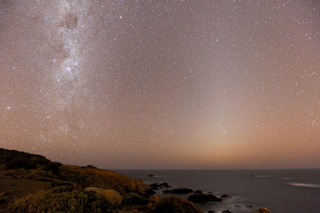 Image: In this image taken in July 2009 in Laguna Verde, near Valparaiso, Chile, we see the zodiacal light on the right. The zodiacal light is seen when the sky is pure, mid-latitude north looking west in the spring, after sunset or east in the fall, just before dawn. Credit & Copyright: Manel Soria. |



 Automatic translation
Automatic translation
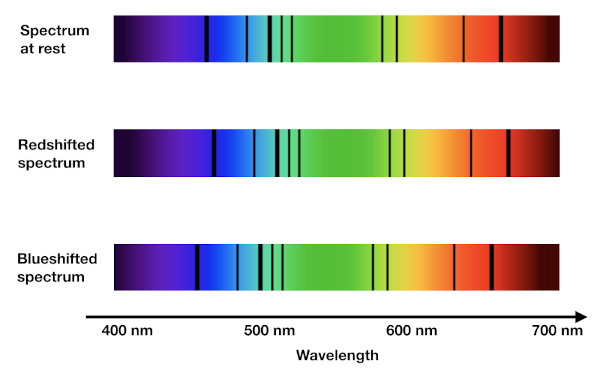 Redshift calculation (z)
Redshift calculation (z)
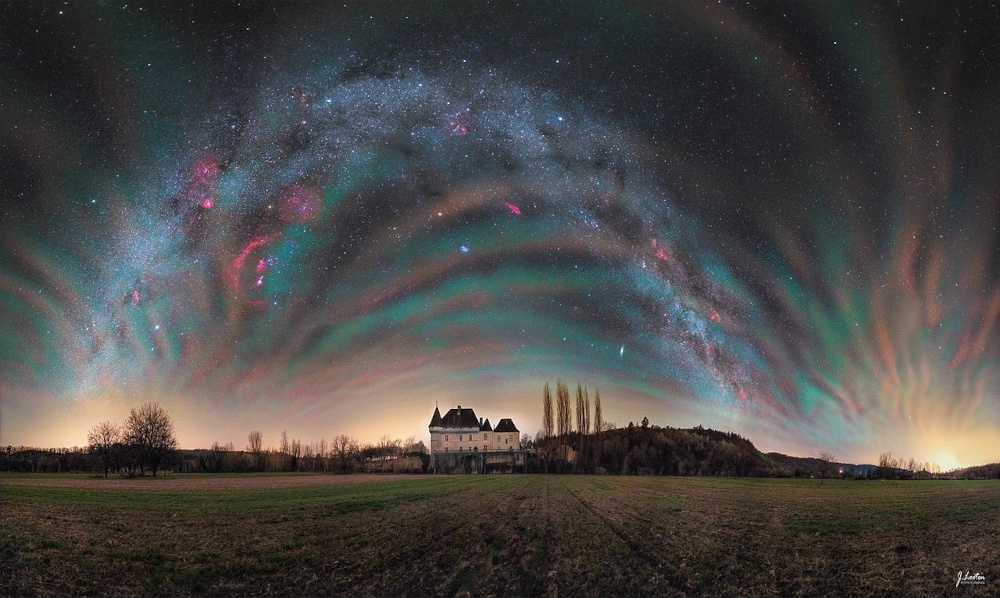 Spectacular airglow in France
Spectacular airglow in France
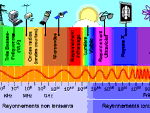 Light, all the light of the spectrum
Light, all the light of the spectrum
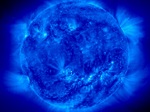 The spicules of the Blue Sun
The spicules of the Blue Sun
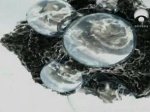 Global dimming
Global dimming
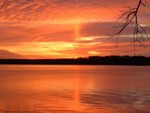 Solar pillar, a link between sky and earth
Solar pillar, a link between sky and earth
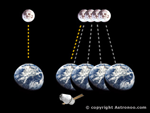 The speed of light and space-time
The speed of light and space-time
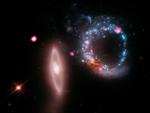 The Universe of X-rays
The Universe of X-rays
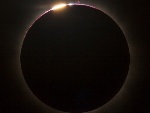 Diamond rings above the Pacific
Diamond rings above the Pacific
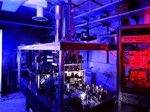 The incredible precision of the second
The incredible precision of the second
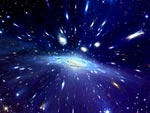 Effects of light aberration
Effects of light aberration
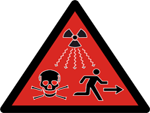 Radioactivity, natural and artificial
Radioactivity, natural and artificial
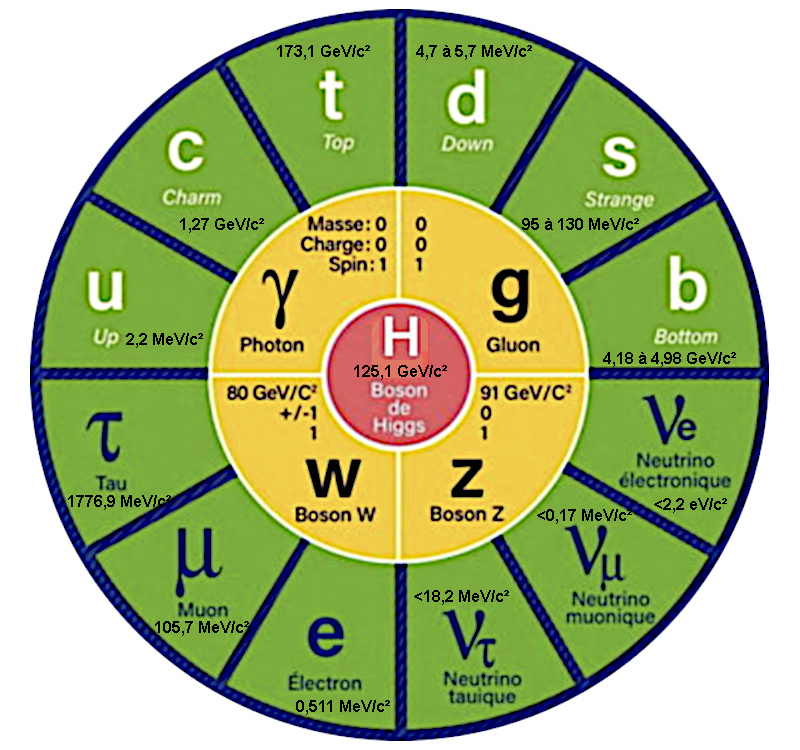 Why do elementary particles have no mass?
Why do elementary particles have no mass?
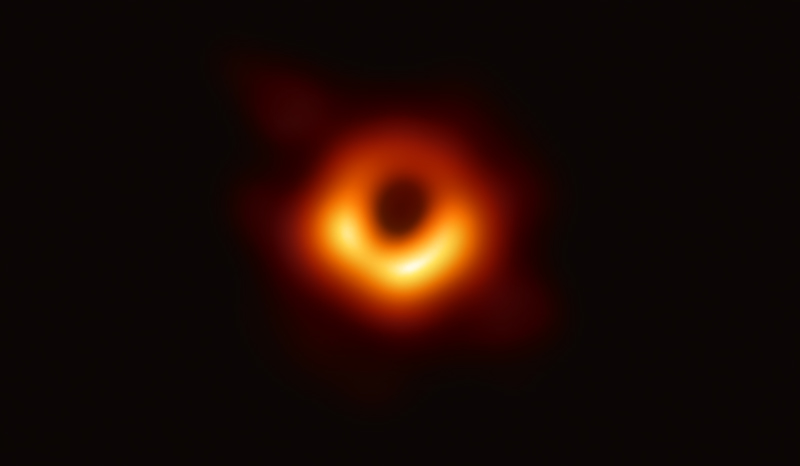 The shadow of the black hole
The shadow of the black hole
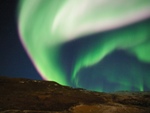 Dawn and its rays of light
Dawn and its rays of light
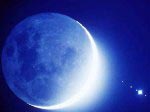 The Blue Moon
The Blue Moon
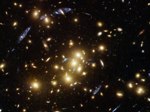 Gravitational illusion or gravitational lens
Gravitational illusion or gravitational lens
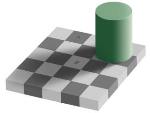 The incredible illusion of the same color
The incredible illusion of the same color
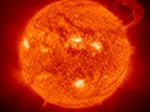 Perfect storm and devastating effects
Perfect storm and devastating effects
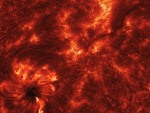 The infernal journey of the photon
The infernal journey of the photon
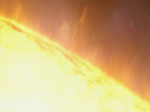 The power of the Sun
The power of the Sun
 Bioluminescence of living organisms
Bioluminescence of living organisms
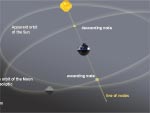 Eclipses explained by the plane of the orbit
Eclipses explained by the plane of the orbit
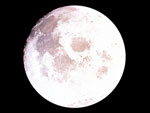 Super Moon
Super Moon
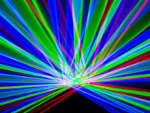 Laser light
Laser light
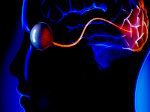 We do not see with our eyes but with our brain
We do not see with our eyes but with our brain
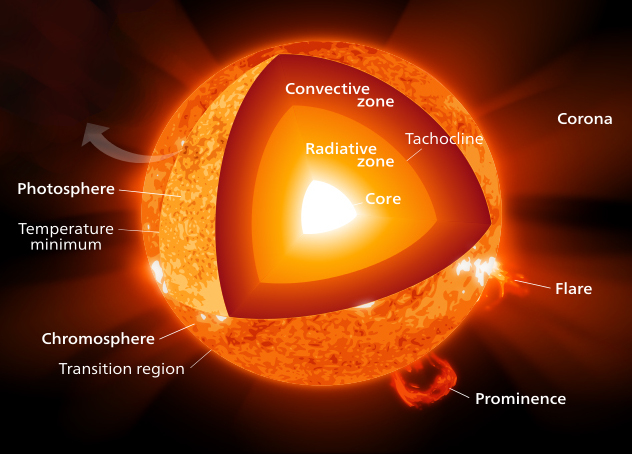 Differences between heat and temperature
Differences between heat and temperature
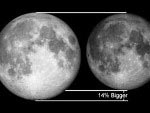 Big Moon Illusion
Big Moon Illusion
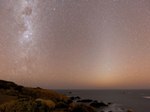 Zodiacal light, the diffuse white glow
Zodiacal light, the diffuse white glow
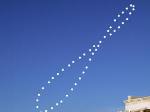 Explanation of the 8 of the analemma
Explanation of the 8 of the analemma
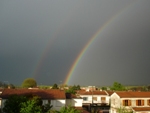 The colors of the rainbow
The colors of the rainbow
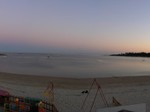 Shadow of the Earth anti-twilight ark
Shadow of the Earth anti-twilight ark
 How many photons to heat a cup of coffee?
How many photons to heat a cup of coffee?
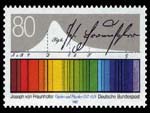 Spectroscopy, an inexhaustible source of information
Spectroscopy, an inexhaustible source of information
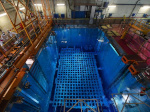 The Cherenkov light
The Cherenkov light
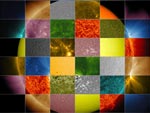 The lights of the Sun
The lights of the Sun
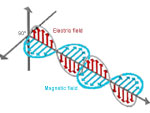 What is a wave?
What is a wave?
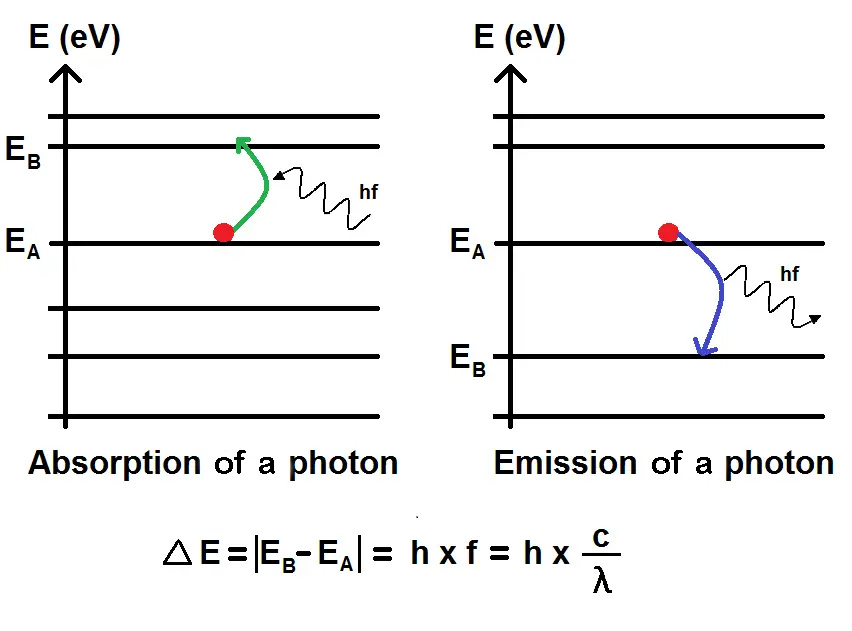 Planck's equation and black body light
Planck's equation and black body light
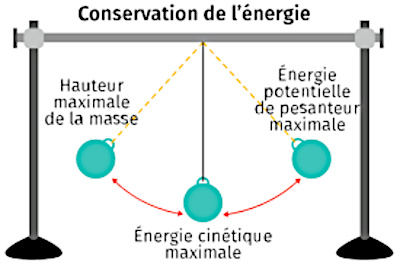 Energy Conservation
Energy Conservation